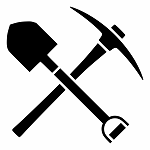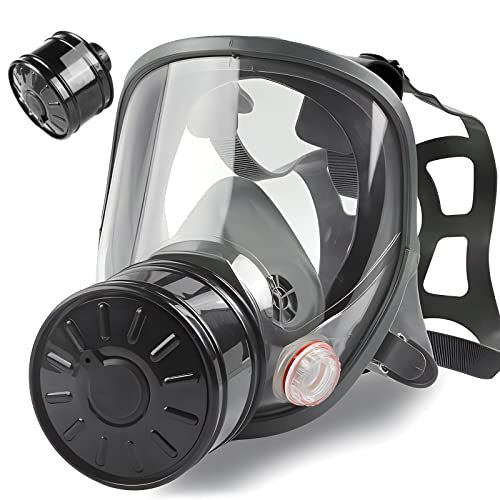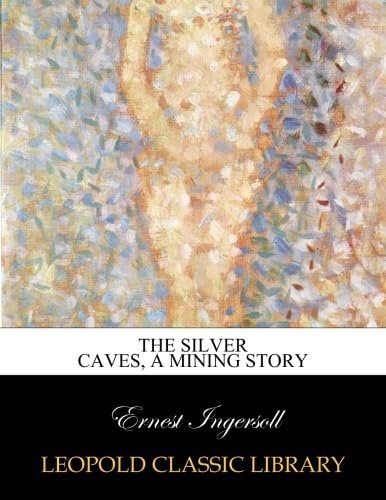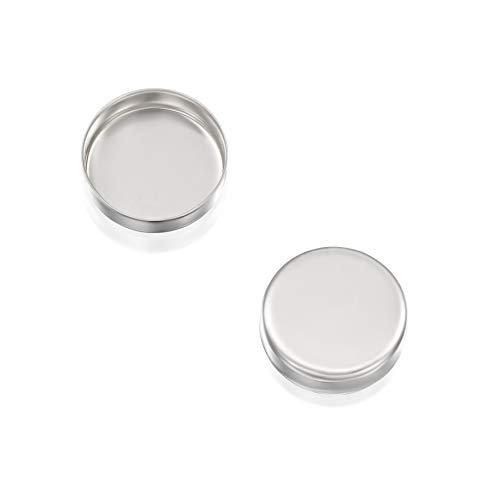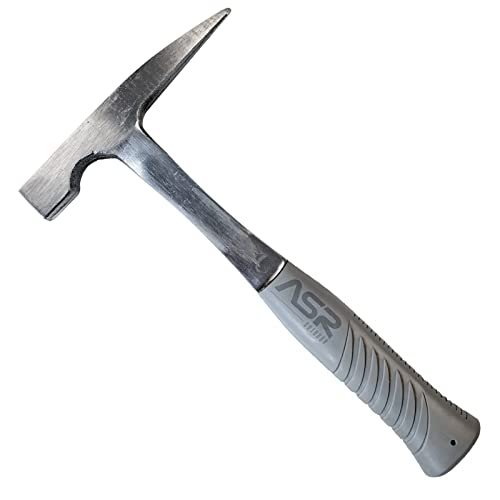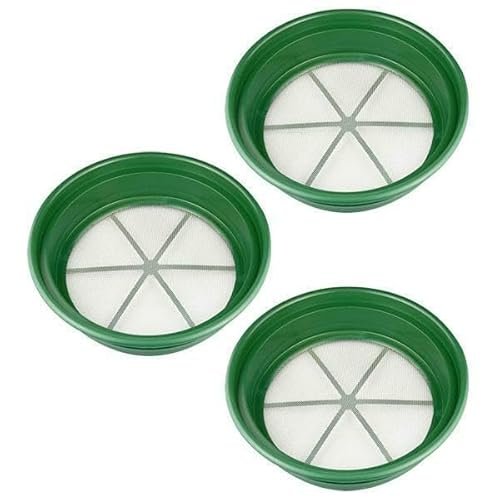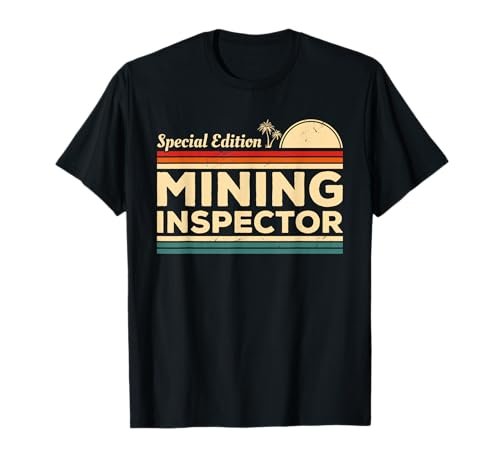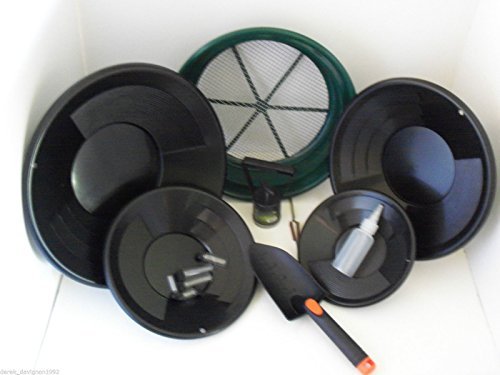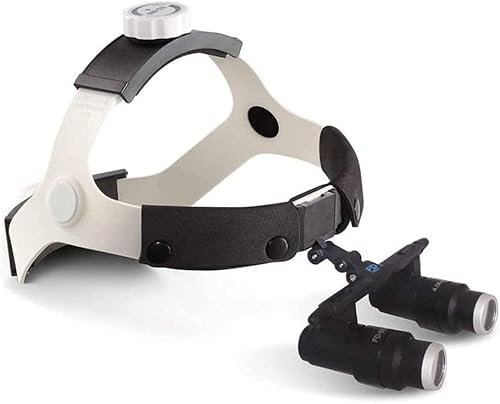【Professional Design】The gas masks survival nuclear and chemical adopt high-quality silicone, comfortable, soft, and safe material. Adjustable headband design, firm and elastic. The gas mask fits most people.
【Safe & Efficient】The large view face screen of the respirator mask is designed with anti-fog, anti-scratch, and impact resistance. The full face respirator mask have talking diaphragm and exhalation valve, to ensure air circulation and convenient communication.
【40mm Filter】The gas masks survival nuclear and chemical is equipped with a 40mm activated carbon filter. Effective filtering chemicals, gases, paint, organic steam, dust, particulate matter, and so on. 40mm activated carbon filter provides strong filtration.
【Widely Used】The gas mask filters the air and gives you safe air. The gas mask is often used to chemicals, industrial, emergency, laboratory, woodworking, spray paint, sanding, machining, welding, epoxy resin, cleaning, polishing, etc.
【Excellent Service】Professional team, excellent service. If you need any assistance from us, please feel free to contact us, we will be the first time to provide you with help and satisfactory service. Package includes: 1x Full Face Respirator Mask, 1x 40mm Activated Carbon Filter.
Author: Superdom
Premium Bezel cup: Crafted from high-quality 925 sterling silver bezels for jewelry making, designed to secure 10mm Round stones, 2.5mm deep, with coin bezels for necklace also perfect for creating pendants, bracelets, and earrings.
Versatile Applications: Perfect for handcrafting personalized pendants, bracelets, and earrings with ease. These bezels for jewelry making are perfect for creating unique pieces like bottle cap necklaces and cabochon jewelry making supplies.
Convenient Set: Each set includes 6 bezel cups, perfect for various creative projects. These pendant trays for jewelry making are ideal for multiple designs. The pendant blanks for jewelry making are easy to use for crafting and jewelry making.
Elegant Finish: Enhance your creations with these stylish sterling silver bezels for jewelry making. Perfect for creating stunning items with cabochon jewelry making supplies and bezel cups for pendant bracelet and earrings.
Professional Grade: Ideal for both hobbyists and professional jewelers seeking jewelry designs. These silver bezels for jewelry making are perfect for those working with bezels and cabochons for jewelry making or sterling silver charm.
SINGLE PIECE HARDENED STEEL: Extremely durable and able to withstand a constant pounding whether it is for rock hounding geology or gold prospecting
ANTI-FATIGUE RUBBER GRIP: Featuring a ergonomic molded handle designed to help reduce the pressure from the constant vibrations of repeated material striking while hunting for fossils
GEOLOGY ROCK PICK HAMMER: Use the pointed tip pick to break open rock and loosen sediment while utilizing the hammer square face end to drive chisels splitting rocks
SPECIFICATIONS: Overall Length: 11.5 inches; Overall Weight: 32 oz; Head Weight: 20 oz; Provides the perfect balance and power-to-weight ratio to increase swing speed and intensify striking power
UNIVERSAL APPLICATIONS: Ideal for gold prospecting and fossil hunting this is an essential tool for a rock hounding, geologist, archaeologist, and hobbyist
You are buying a 3-PACK of 1/4″ classifier sifting pan set You get a 3-PACK of 1/4″ MESH Classifiers, 1/4″, Features include: * Size: 11″ diameter bottom * Top diameter 13-1/4″ * 304 stainless steel wire * Fits into a 5-gallon bucket
NEW FEATURE: USE YOUR TOUCHSCREEN PHONE OR TABLET WHILE YOU WORK. We added silver and stainless steel fiber to the three fingers most frequently used on touchscreen devices. This makes the fabric conductive without sacrificing protection, so you can look up a recipe while cooking in the kitchen without taking your cooking gloves off.
LEVEL 5 CUT RESISTANT GLOVES. How did we get the highest level of cut protection on the market? By mixing cut resistant polyethylene and glass fiber with spandex and nylon. The result? Protective gloves that are comfortable and elastic, while being 4x more cut resistant than leather.
SO COMFORTABLE, YOU CAN WORK, COOK OR CUT ALL DAY LONG. These touchscreen gloves are lightweight and breathable. The superior grip and comfort mean they make excellent work gloves. Here’s the best part: after you’re done, just throw your cut resistant work gloves in the washing machine and hang to dry.
FOUR SIZES FOR THE RIGHT PROTECTIVE FIT. Our cut resistant gloves come in four sizes for men and women: S, M, L and XL. Because they fit like a second skin, you can wear the cut resistant work gloves for tasks that need extra grip, dexterity and precision like woodworking and whittling. (They’re ambidextrous too, so you never have to wonder which glove goes where.)
100% FOOD SAFE MULTIPURPOSE GLOVES. These safety gloves are whatever you need them to be. They are cooking gloves for cutting meat, shucking oysters, or working the mandoline, sharp knife, grater or peeler. Or they are the perfect work gloves to protect your hands while carving, or wherever you’re handling sharp objects.
Special Edition Mining Inspector For A Mining Inspector is perfect for Mining Inspectors who love Mining Inspection.
Lightweight, Classic fit, Double-needle sleeve and bottom hem
It could be assemb with high brightness headlight,to achieve lighting and amplification integrative,more easier to observe.
Magnification: 4X,5X,6X,6.5X light weight, longevity and the more comfortable carry, it is suitable for all kinds of surgical operation. Comfortable, modern ergonomic design, it can fit anyone’s face. Large field of view, long depth of field, high r
This product is frame-type Kepler loupe,working distance is 420mm,adjust the pupil distance according to different requirement of different people.
It has two adjust joints,the user could get precise observation position; Professional appearance design, fashion, high-end.
After-sales: If you have any questions about our magnifying glass, please feel free to contact us, we will serve you!
